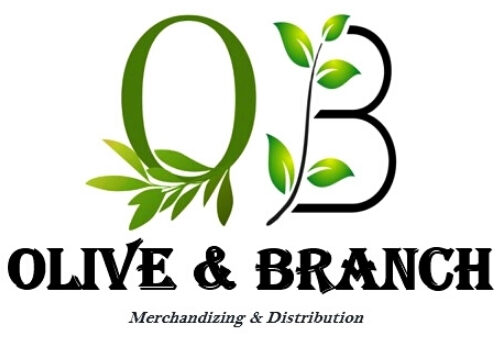Bacteria for Wastewater Treatment
Biological wastewater treatment is the most common method of sanitation in the world. This technology uses different types of bacteria and other micro-organisms for the treatment and cleaning of polluted water. Municipal and industrial effluent is the main source of wastewater, and with the use of micro-organisms, wastewater treatment plant operators can degrade the content of organic wastes, as they are used by the micro-organisms as a source of food and energy to grow and multiply.
Bacteria account for 95% of the microorganisms in wastewater. They are single-celled microorganisms that are classified based on their response to oxygen. In wastewater treatment, there are three types of bacteria used to treat wastewater entering the treatment plant: aerobic, anaerobic, and facultative. Aerobic bacteria use oxygen, which is added mechanically, to break down wastewater contaminants, converting it into energy. Anaerobic bacteria obtain oxygen from their food source. As anaerobic bacteria break down sludge, they produce methane gas. Although they prefer oxygen, facultative bacteria can switch between aerobic and anaerobic forms in response to their environment.
Beneficial bacteria, protozoa, metazoa, algae, and fungi feed on organic material in wastewater, breaking it down. Bacteria clump together, or floc, forming masses that settle and separate from wastewater liquids. This settled mass is called sludge. However, in the presence of bad bacteria (or the absence of good ones) the following issues can occur: - poor flocculation and sedimentation, an excess of filamentous bacteria, excess phosphorus, low nitrogen removal efficiency, and the production of unpleasant odors, among others.
Microbial biotechnology provides innovative, ecological, and economic solutions to treat wastewater. It uses natural degradation processes at significantly lower costs than conventional physical-chemical or mechanical treatment techniques. Microbial biotechnology solutions include Bioremediation, which is a process of treating wastewater to encourage the growth of existing microorganisms. Biostimulation, is where supplemental nutrients, vitamins, minerals, organic acids, and pH buffers are introduced into wastewater to create a hospitable environment that stimulates naturally occurring microorganisms. Bioaugmentation, the addition of microorganisms, may be used to restart activated sludge systems or to aid in the breakdown of a targeted pollutant. Bioremediation increases the bio-oxidation of wastewater and reduces grease, sludge, and odor levels in wastewater treatment plants, lagoons, and ponds. Biostimulation and bioaugmentation products help reduce wastewater toxicity, sludge handling costs, and power use.
Olive & Branch M&D is actively working to add a product offering for this category. Check back with us and at this webpage in the future to see what unique product we will be able to provide you.
